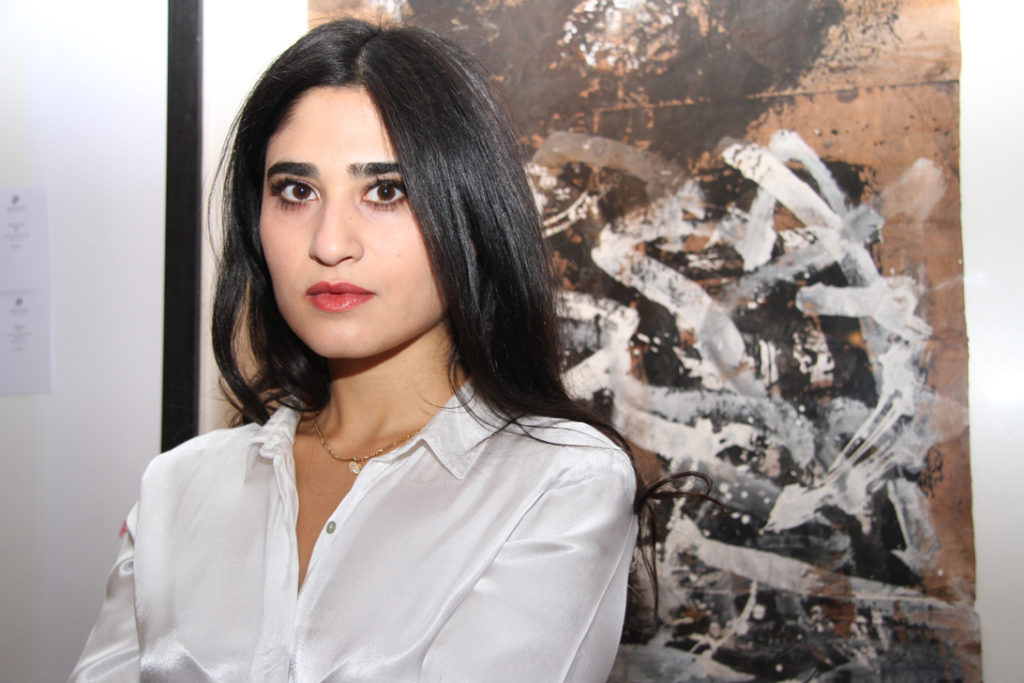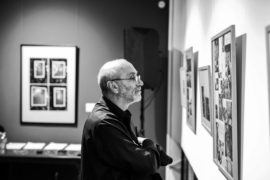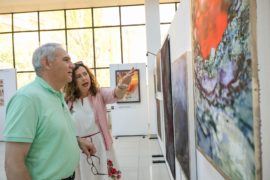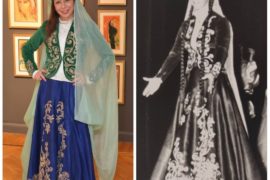Born in Tehran and raised in Berlin, Anahita Sadighi founded her first gallery Anahita Arts of Asia in the summer of 2015. Exhibiting antique arts from the Middle East and East Asia, the gallery focuses on ceramics, woodblock prints, carpets and textiles. As an extension to her eponymous gallery, Anahita opened her second gallery Anahita Contemporary just two months ago in April 2018, providing Berlin gallery-goers with the opportunity not only to view, purchase and admire Asian and Middle Eastern art from the past, but also to discover the artists who will be valued as significant historically in the future. Armenia Art Fair spoke to Anahita about how she got started as a curator, her decision to open a modern and contemporary art gallery and the relationship between Armenian and Iranian art.
Armenia Art Fair: Can you tell us a little about how you got your start as a curator?
Anahita Sadighi: Growing up amidst a vast collection of art, from ancient excavations to contemporary painting, I couldn’t avoid being attracted and fascinated with the arts of different countries, cultures, and periods. In London I studied Islamic Art and Architecture at SOAS (School of Oriental and African Studies) where my academic interest in this field was nourished. Working at Art Dubai I got in contact with the exciting art scene of the MENASA region (Middle East, North Africa, South Asia) and decided soon after that we need a more visible and broader representation of the artistic achievements of this important region in the Western dominated art market. It was clear that I must pursue this idea. So, I decided to open a gallery for antique Asian and Oriental Art in Berlin – the city I grew up in and one of the busiest art scenes in the world. It was just a matter of time when I had the idea of opening a second gallery dedicated to Contemporary Art. Again, works of art from the Middle East and Asia are playing an important role.
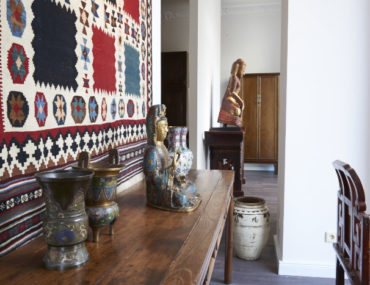
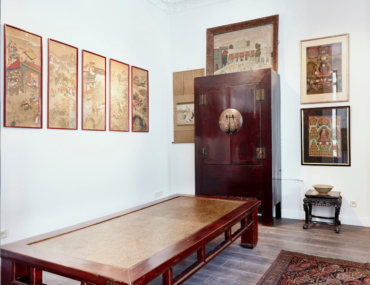
Before your new contemporary gallery opens, you already opened a gallery on historical and antique arts from Persia, Central Asia, China, and Japan. Why do you think that now is a good time to open a modern and contemporary gallery?
Historical and antique arts from the Middle East and Asia offer fascinating insights into the artistic identity and material culture of these diverse and ancient civilisations, which have strongly influenced the artistic developments in the West. To this day the presentation of and preoccupation with art is limited mainly to one area or field. I, however, believe that the 21st century should allow us to open existing boundaries and paradigms to offer a deeper and more open approach to art which, for example, demonstrates the interconnection between Antique and contemporary Art – between East and West, past and present. I would like to close the existing gap between the times and rather focus on connections and shared ideas, techniques, and history between these spheres.
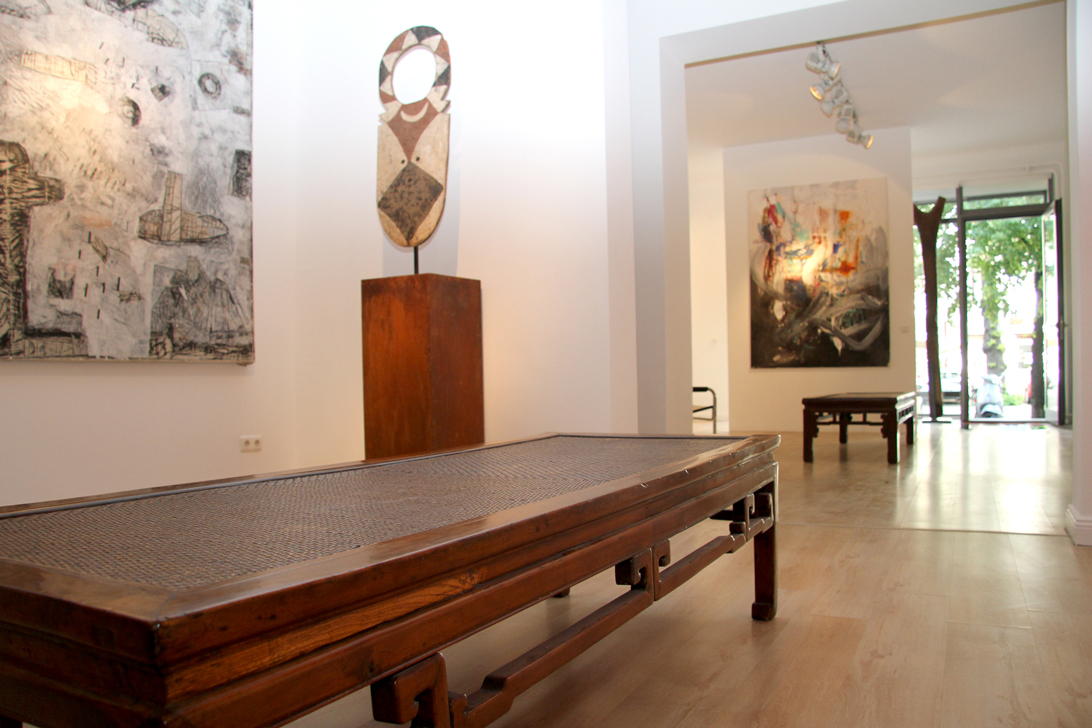
What is it you think, that draws people to Iranian art?
I think Iran has always been a country of great interest and mystery, people feel drawn to Iran, its history, culture, and people. As one of the oldest civilisations with a highly dynamic and particularly interesting history, and with regards to their important artistic achievements, Iranian people have continually pursued the contemplation of the material and spiritual arts. This manifested itself in a strong and specific artistic identity, influencing and shaping the artistic achievements of other powerful dynasties – such as the ancient Romans, Chinese, Byzantine, Ottomans, or Indians.
The classical Persian style was dominated by the artistic identity of the ruling dynasties, without shutting out other influences, but has never lost its identity. The collective consciousness of a rich national heritage has always been present in Iran and to this day Iranian people reflect on their glorious past – which often appears in contrast to current political issues. Political restrictions and international isolation have of course challenged the working conditions for artists and creatives in the country, but they have certainly not been able to erase the essential urge for artists to follow their purpose. It should also be taken into consideration that the Iranian diaspora belongs to the most successful communities worldwide that enjoys great respect and appreciation in their new countries of residencies. So, I guess it’s quite natural that people are interested in what Iranians have to say.
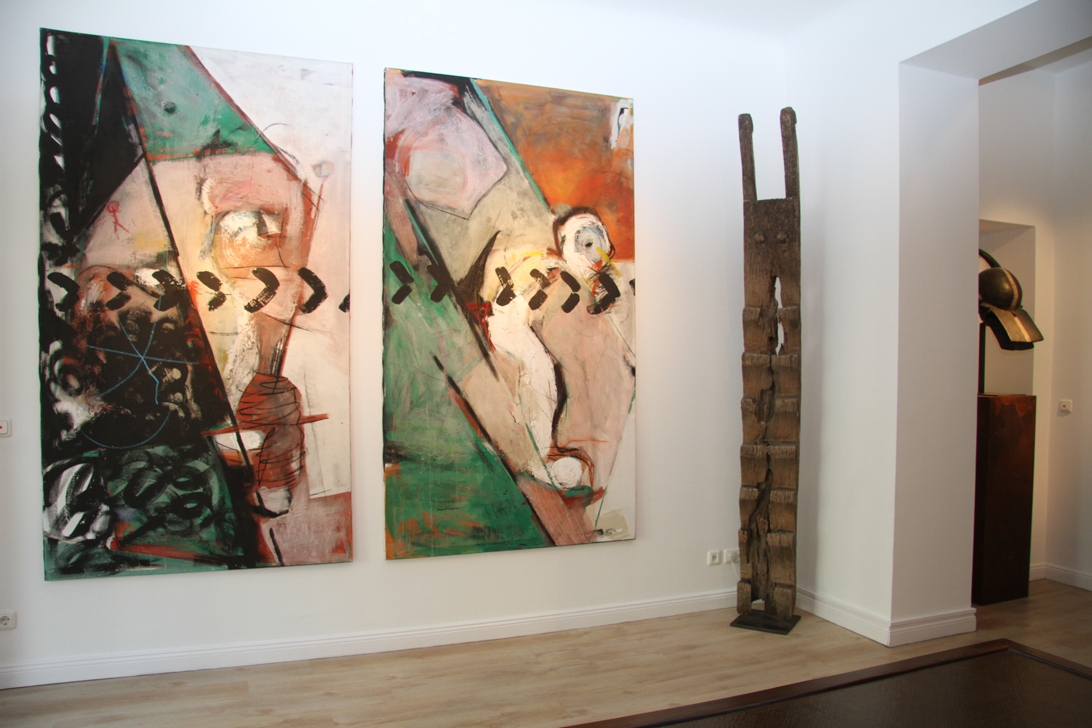
How would you describe the art scene in the region?
The art scene in the region is quite diverse with different developing art hubs, all with their very own character and history, such as Dubai, Tehran, or Istanbul. Iran has a vibrant art scene with different art centres and traditions: In Tehran, for example, there is an upscale art market with art collectors pursuing a lifestyle which demonstrates their wealth and status rather than discovering and supporting different artistic discourses in their country. This trend is consequently reflected in the artistic programme of some galleries. Of course, this phenomenon is not only the case in Iran but in many other countries. But in the Middle East this trend appears more evident, and people sometimes seem to perceive only these one-dimensional impressions of the contemporary art scene there. In Iran and other Middle Eastern countries, however, there are growing underground art scenes with many individual, authentic and ambitious working artists, captivating works, and exciting art happenings addressing various issues – political or non-political – and reflect different parts of society. In this region extremes have always existed and will continue to exist.
Have you had any experience working with Armenian artists?
Not yet, but I would be very interested in discovering Armenian artists and the Armenian art scene. I have not visited Armenia yet but looking very forward to visiting it one day. I have heard so many positive things from my friends who have been there.
As neighbours, Iran and Armenia have had relations for thousands of years beginning with the Median Empire in the 7th-6th Century BC. The Christian Armenian community in Iran is amongst the largest and oldest communities in the world. They enjoy great recognition in Iran, which by the way is also the case with the Jewish community in
Iran. Unfortunately, many people are not aware of that. The more people visit these countries the better they will understand these realities. We share a formative historical past but more importantly we share important cultural sensitivities that will continue to
exist. Discovering Armenian artists will allow us new perspectives and insights to this fascinating country.
What do you hope for the future?
I hope that the perspective of lifting sanctions along with a moderate Iranian government focusing on domestic policies and prioritizing the needs of the Iranian people will establish a more stable and improving economic situation in the country. This will lead to better working conditions for artists and creatives, as well as facilitate an empowering of the art scene. This, I believe, will fuel a growing interest for Iranian artists worldwide and the successful implementation of an attractive art market infrastructure receptive to different segments of Contemporary Art from the Middle East. Artists and art professionals from the region need to liberate themselves of Western dominance in the current art market trends and develop a strong and confident national voice which shall be heard and acknowledged. Middle Eastern countries also need to work more closely together rather than opposing each other. I think this idea is becoming more important for the geopolitical and strategically perspectives of Asia as a continent and the Middle East as a region. Along with this there is a need for a growing number of academics and art professionals from the Middle East to work, and this initiative will contribute more significantly to a flourishing of intellectual exchange and new discourses in the Middle East. Of course these ideas are closely connected to the political developments in the region.
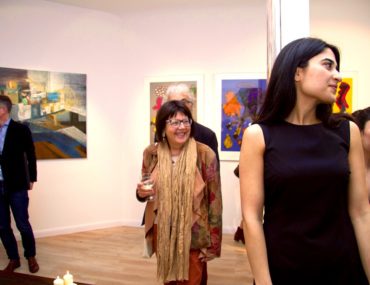
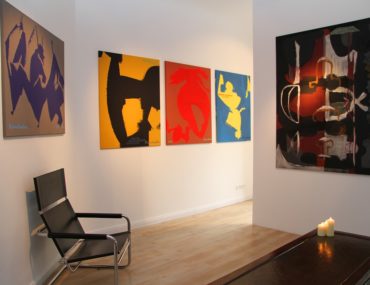
The photos are by courtesy of Alessia Cocca

